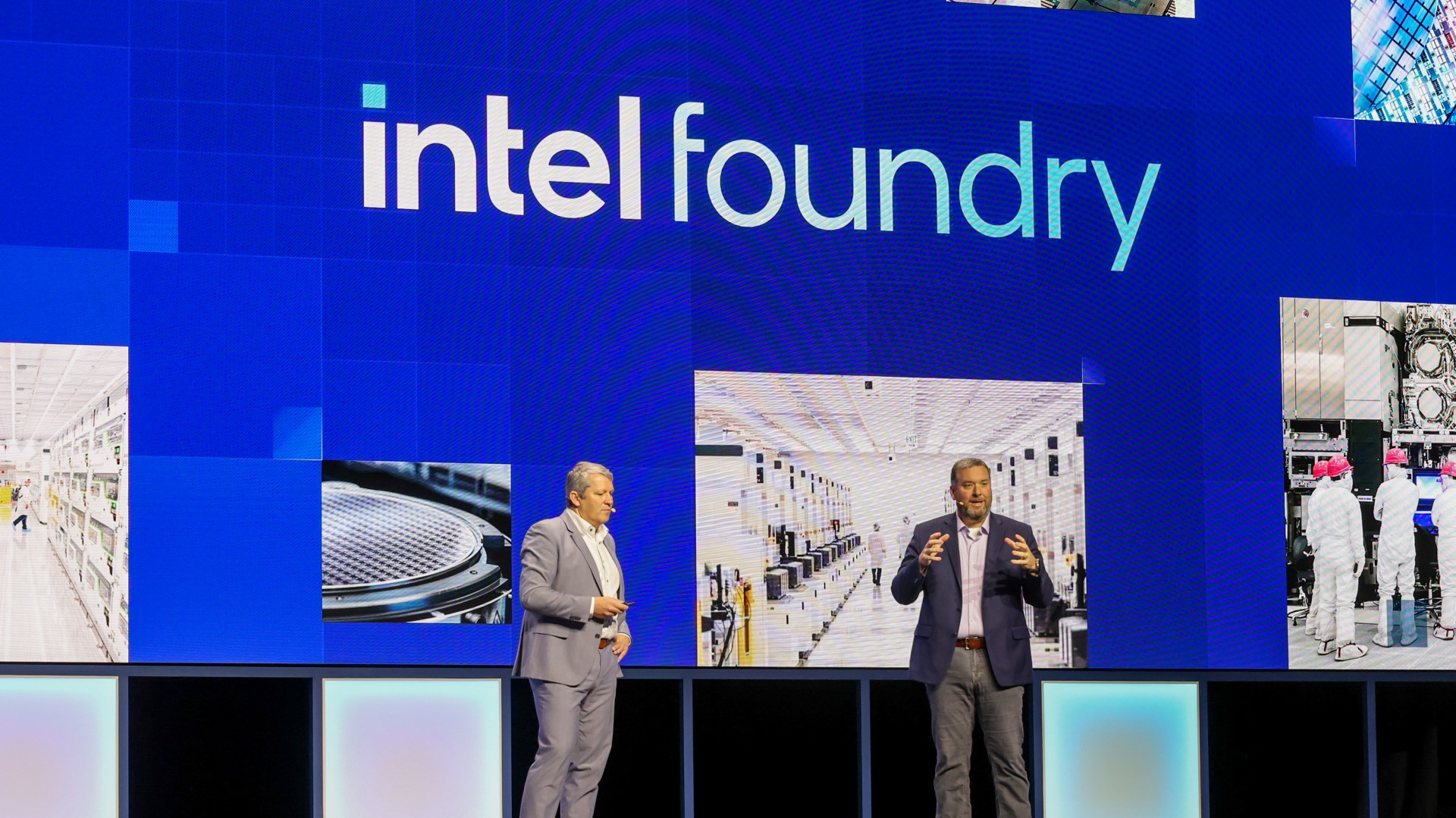A recent shake-up saw Intel appoint Lip-Bu Tan as its new CEO, and one of his first acts was presenting the opening keynote speech at an invite-only Intel Vision 2025 event focused on enterprise audiences.
Tan outlined his broad vision for the company and shared a belief that “Intel has lost some of this talent over the years.” Now, he wants to encourage honest feedback from clients and repair any eroded trust.
Pushing to improve Intel Foundry and its chip production with a wave of in-house engineering talent, the new CEO wants to “under promise and over deliver” — applying his personal motto to the company as he feels it has been “too slow to adapt” to meet the needs of its customers.
Re-establishing a “world class” foundry is part of Lip-Bu Tan’s game plan for Intel, while its Senior Vice President of Foundry Services, Kevin O’Buckley, shared the news of the Intel 18A process node entering “risk production.”
Refining Intel 18A in risk production
This continuation of Intel’s “five nodes in four years” (5N4Y) plan follows the Intel 20A (2nm) node of “Meteor Lake” chips, nearing completion on Intel 18A (1.8Nm) initially designed for the TSMC-partnered “Lunar Lake” before moving ahead with its next stage, the Intel 14A (1.4Nm) node.
According to its roadmap, Intel plans to ship its next-generation “Panther Lake” mobile chips on Intel 18A in 2026, but the production process itself is still planned in the second half of 2025.
Plus, while Intel did briefly mention its Arc discrete graphics during Vision 2025, there weren’t any new details on “Battlemage” B-Series or “Celestial” C-series cards. Still, Tan wants Intel to “continue to strengthen” its products, so who knows. As an Intel Arc fan, I can only keep my fingers crossed for an expanded range of desktop GPUs to take advantage of the latest Intel XeSS 2 enhancement suite.





